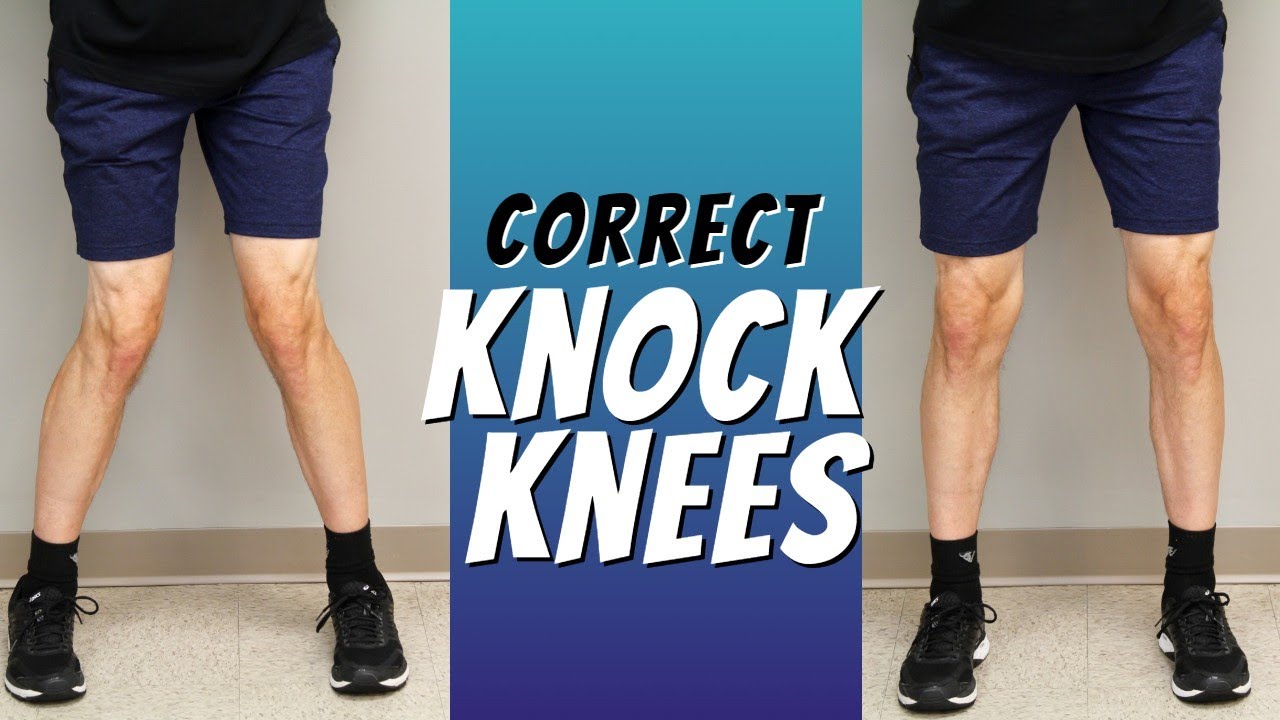These days people have become so busy managing their lifestyle that they are no longer concerned with their health problems. Due to this subsequently, they cease to transform those tiny health issues into the major ones. Among those health issues, pains and aches after a certain age are common. After getting into their thirties and forties people might start facing the problem of back and knee pains.
Knee pain is a general health condition that can be the result of any short-term or long-term problems. Specific knee pains are easily be recovered by taking a few practices like knock knee correction exercises into consideration while, others may demand the consulting of the doctor. These pains arise in the people who frequently participate in the sports activities like running, jogging, jumping, etc.
Patellofemoral pain syndrome is typically a pain that covers the front of your knee and also around the kneecap (patella). It is also known as ‘runner’s knee’ because its symptoms are often reported by the people, who participate in activities like running and jumping. The worst part is, that knee pain usually increases when you run, walk, sit for longer durations, or squat.
Causes
The root cause of the patellofemoral pain syndrome is still not certain, but it can be the result of these issues.
- Overuse
Repeatedly performing the sports activities like running and jumping, often causes extra stress on the joints of the knee, which can result in irritation under the kneecap in the long run.
- Muscle imbalance
The syndrome can also be a result of unalignment of the muscle around the hips and knee. Performing activities like inward squats are mainly associated with patellofemoral pain syndrome.
- Injury or surgery
Earlier dislocation or fracture in the kneecap can be linked with the syndrome. Besides this, the surgeries associated with the kneecap, specifically the repair of ligaments can also lead to patellofemoral pain syndrome.
Prevention of the patellofemoral pain syndrome
Sometimes the knee pain just happens, that is inevitable. But the below-mentioned steps may help you prevent the pain of this daunting syndrome. So, let’s have a look at them.
Maintaining strength
Maintaining the strong quadriceps and glutes muscle aid to balance the knee during the activity, but deep squatting should be avoided during the weight training. Also, the sudden changes in the intensity of your workout should be avoided, they may lead to activating the pain.
Warm-up and stretching
Before performing any kind of heavy exercise like running or jumping the warm-up is mandatory. A light warm of five to ten minutes will help the muscle be ready for getting trained. Doing certain stretching practices may aid to promote the flexibility of the pain. Knock knee correction exercise may also be useful in mitigating knee pain.
Alignment and technique
While consulting with your therapist you must ask about the techniques of optimizing your flexibility and strength exercises for the sake of jumping and running. The exercises for your outer hip muscles to prevent your knee from caving inward during the squat or landing the step can be very significant.



